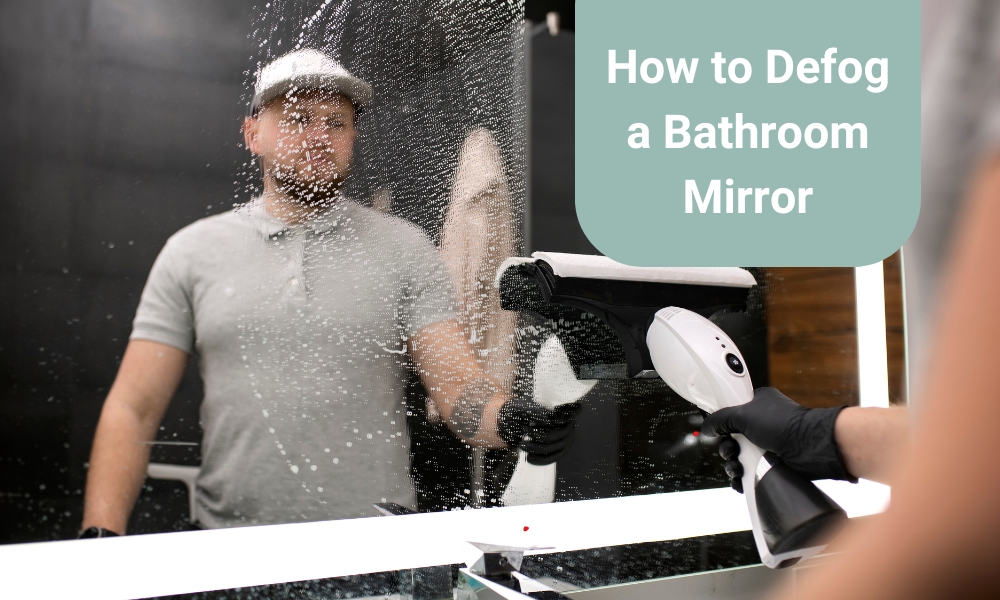
Sharpen a knife without a sharpener using simple household items and techniques.
HOME >> PRODUCT Guide >> Knife
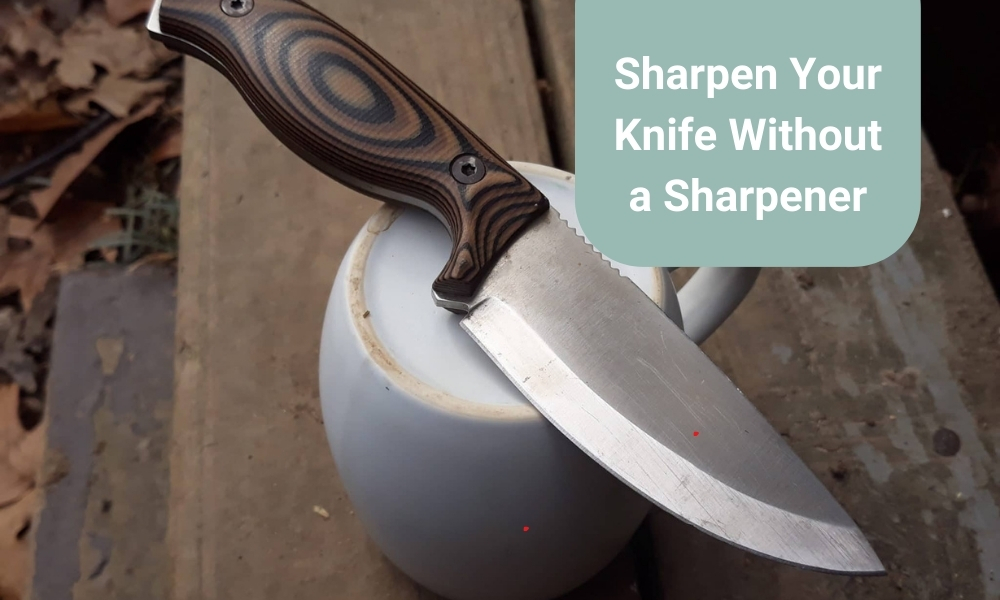
The knife is used a lot in our daily cooking tasks. A sharp knife to cut vegetables, fish, meat, or any other material speeds up our work. However, knives often become dull or lose their edge in daily use. Cutting cooking ingredients in proper shape with a blunt or edgeless knife is difficult. If we have an electric knife sharpener at home, we can easily sharpen the knives. However, if there is no electric knife sharpener at home, we get tense about sharpening the knives.
To remove that tension today, we will learn how to sharpen knives and make them as functional as ever without a sharpener.
We will explore the four convenient methods of sharpening a knife without a sharpener. Follow some steps to sharpen your favourite knives without a knife sharpener—nothing to worry about. Sharpening a knife without a sharpener is not a difficult task. Here, we will learn how to sharpen a knife easily without a sharpener.
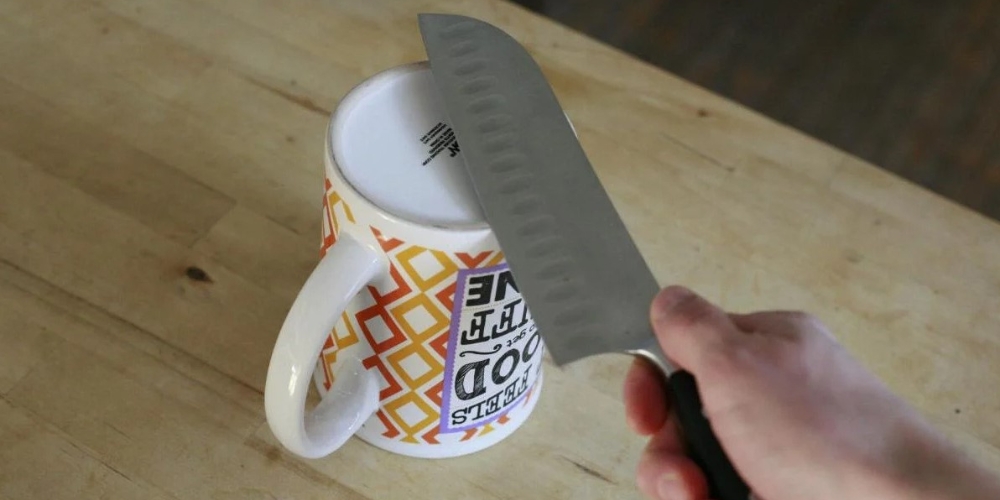
A ceramic mug or plate is perfect and convenient if your knives are slightly dull. Follow the steps below:
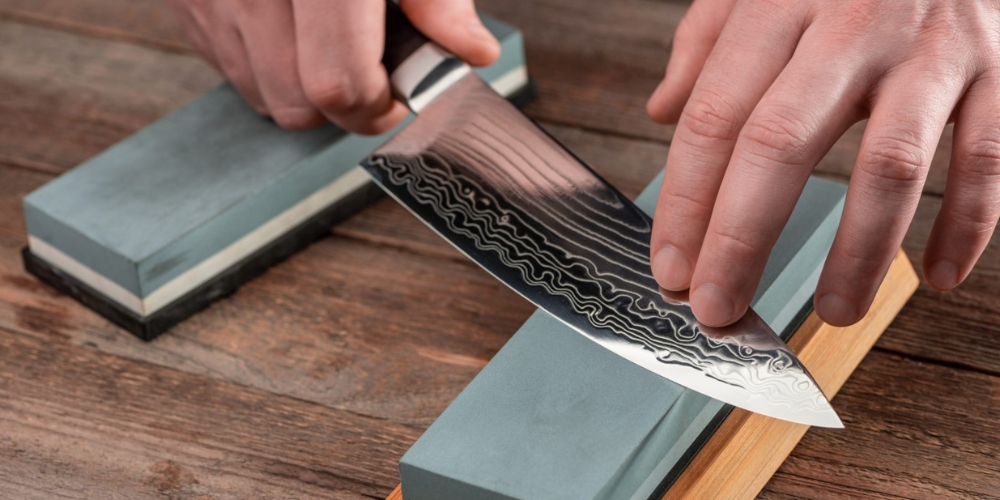
The whetstone has been used for many years to sharpen knives or tools. Depending on the shape of your knives’ blades, you can point and polish them with a whetstone. Go through the steps below:
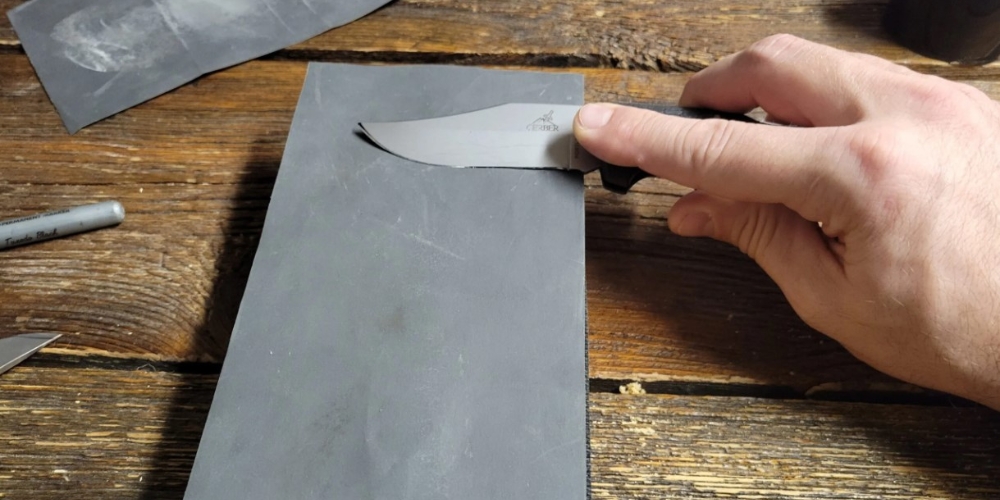
People commonly use sandpaper to smooth a surface. Sandpaper works very well to smooth a piece of furniture before painting it so that the paint sits nicely on the surface. You can also sharpen your knives with sandpaper. Sandpaper smoothens the knife surface and removes rust. As a result, the knife becomes sharp.
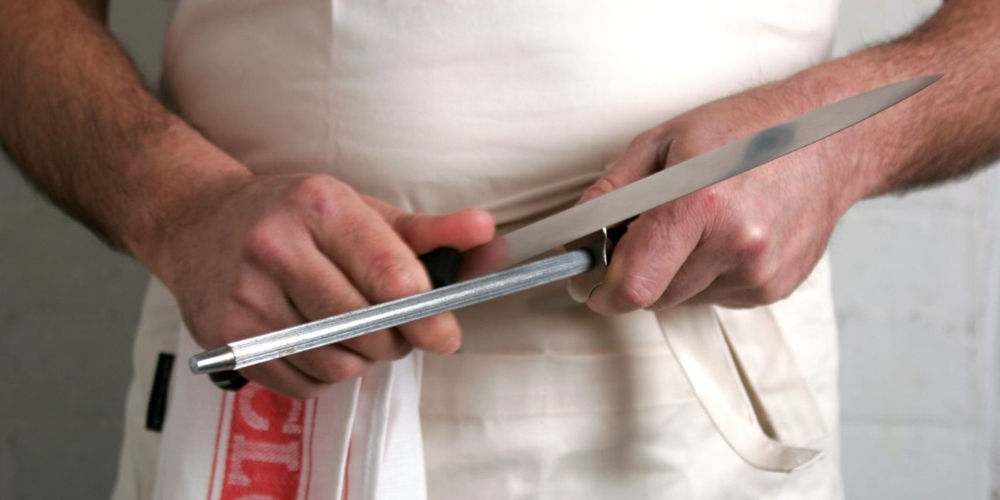
A honing rod is popular for sharpening knives. A honing rod helps to restore the sharpness of the blades. You can improve the efficiency of your knives by using a honing rod.
Read More: 9 Best Electric Knife Sharpeners
After sharpening, you must properly care for your knives for longevity and practical use. You can follow the following ways for their maintenance.
So, you can ease the burden of sharpening your knives by following the methods mentioned. It will help if you also work on the maintenance of your knives.